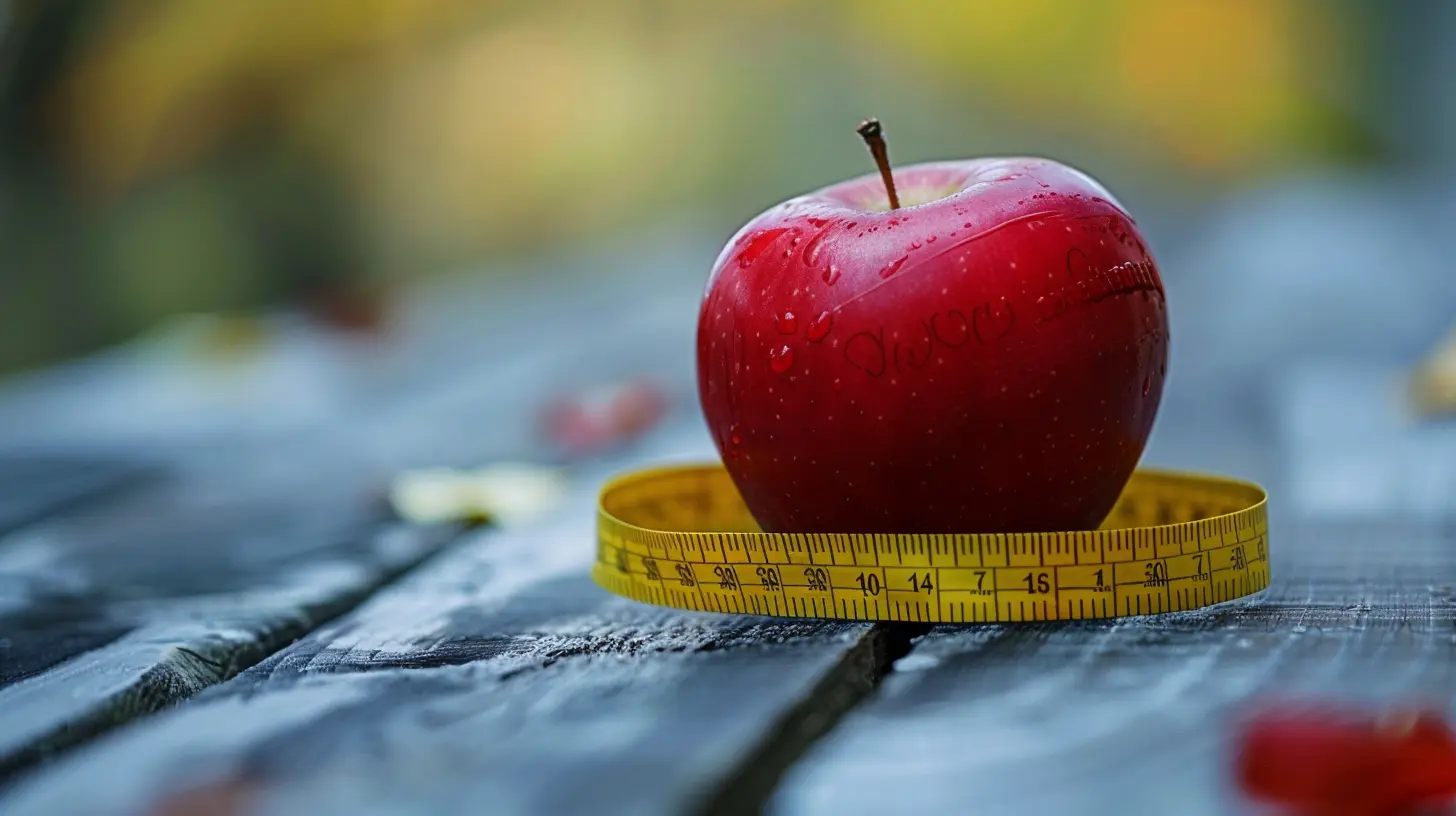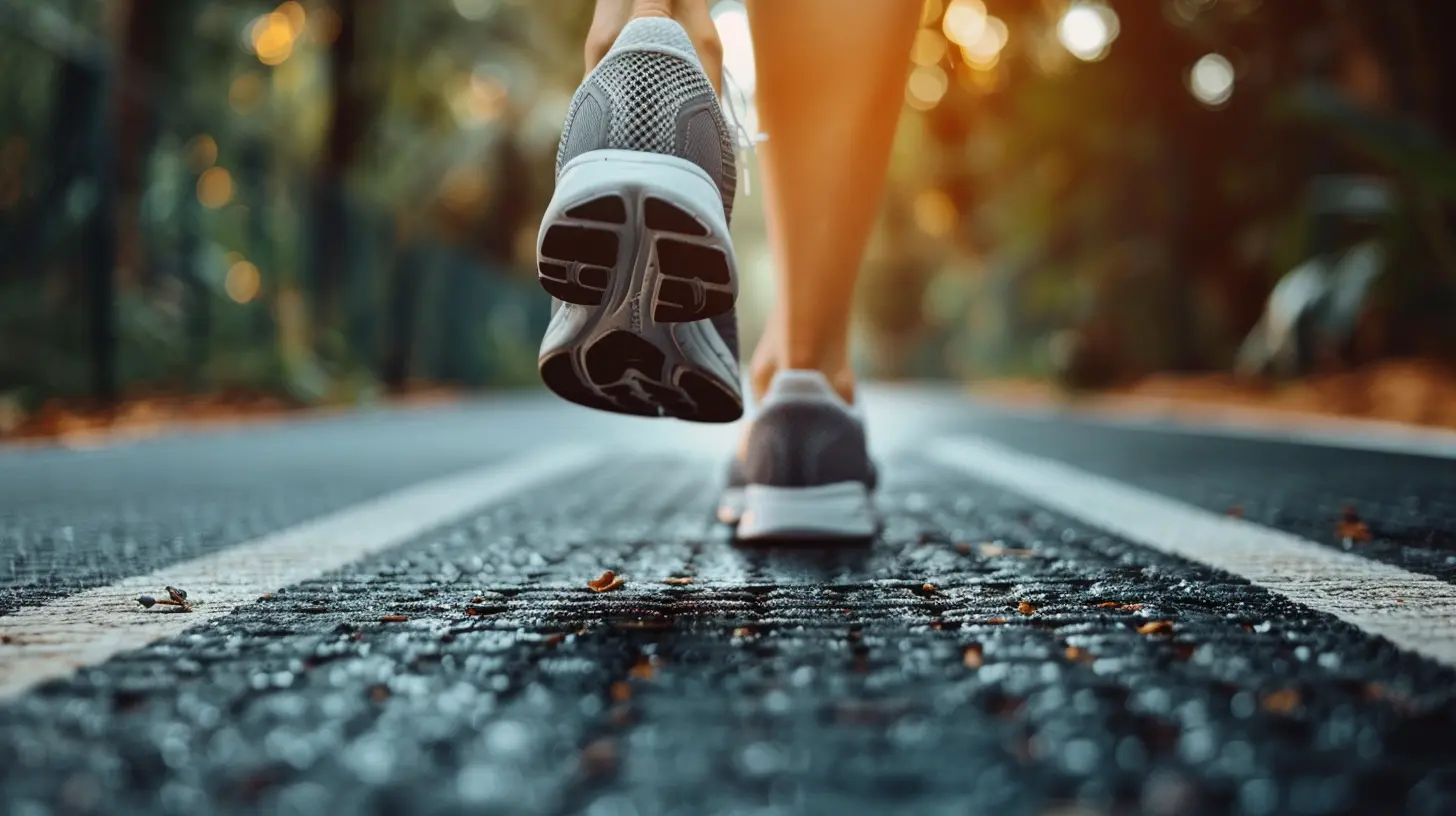The Role of Cardio in Weight Loss: Can It Really Help?
19 July 2025
Let’s face it: Trying to lose weight can feel like you're climbing a never-ending mountain—sweat, effort, and a whole lot of "Am I even doing this right?" One question that always comes up in the weight loss conversation is this: Does cardio actually help shed those stubborn pounds?
Well, the short answer is yes—it absolutely can. But like most things in health and fitness, it’s a bit more nuanced than just hopping on the treadmill and hoping for the best. So, let’s break it down and really talk about the role of cardio in weight loss in a way that makes sense, feels doable, and just maybe gives you that push you've been needing.
What Is Cardio, Really?
First off, cardio (short for cardiovascular exercise) refers to any physical activity that increases your heart rate. Think brisk walking, running, cycling, dancing, swimming—you get the picture. It’s the kind of exercise that gets your blood pumping and your lungs working harder.Your heart and lungs are like your body’s engine. When you give them a good workout, you're not only improving endurance but also teaching your body to use energy (and fat) more efficiently.
How Cardio Burns Calories
Let’s talk calories, because at the end of the day, weight loss boils down to a simple equation: calories in vs. calories out.When you do cardio, your body needs energy to fuel the movement. It taps into its energy stores (which includes fat) to meet that demand. The harder you work, the more calories you burn.
For example, consider this:
- A 160-pound person jogging at a moderate pace for 30 minutes burns around 300 calories.
- The same person walking briskly for 30 minutes burns about 150–200 calories.
Not bad for half an hour, right?
Of course, how many calories you actually burn depends on your weight, intensity, type of cardio, and metabolism. But the idea is simple—move more, burn more.
So, Is Cardio Essential for Weight Loss?
Now here’s where a lot of people get tripped up. Do you need cardio to lose weight? Technically, no—you can lose weight with diet alone or by strength training and staying in a calorie deficit.But cardio is a powerful tool. Why?
1. It helps create that calorie deficit we mentioned earlier.
2. It supports heart health, which is an overall win.
3. It boosts mood (hello, endorphins!).
4. It increases your daily energy expenditure, making it easier to keep weight off in the long run.
So while it’s not mandatory, it sure makes the process smoother and healthier overall.
The Different Types of Cardio and Their Impact
All cardio isn’t created equal. Depending on your goals, you might go for a long, scenic walk or a high-intensity sprint session. So let’s unpack the options:1. Low-Intensity Steady State (LISS)
This is your classic long walk, gentle bike ride, or slow swim. It’s low-impact and easy on the joints, making it perfect for beginners or those recovering from injury.Pros:
- Great for beginners
- Can be done daily
- Less stressful on the body
Cons:
- Time-consuming
- Burns fewer calories per minute compared to higher-intensity cardio
2. Moderate-Intensity Cardio
This is that sweet spot—think jogging, brisk walking, or a Zumba class. You’re sweating, breathing heavier, but still able to hold a conversation.Pros:
- Good balance of calorie burn and sustainability
- Suitable for most fitness levels
3. High-Intensity Interval Training (HIIT)
This one’s for the go-getters. HIIT involves short bursts of intense activity followed by brief rest periods. For example, sprinting for 30 seconds, walking for 1 minute, and repeating.Pros:
- Burns a ton of calories in a short time
- Triggers the “afterburn effect” (your body continues burning calories for hours after)
Cons:
- Tough on beginners
- Can lead to burnout if overdone
The Afterburn Effect: A Bonus You Didn’t Know You Wanted
Your body is kinda like a furnace after a HIIT session—it keeps burning long after you’ve stopped moving. This is due to something called excess post-exercise oxygen consumption, or EPOC for short.Cardio that’s intense enough (like HIIT) can increase your metabolism temporarily. That means you're burning extra calories during your Netflix binge later that day just because you crushed a morning workout. Yes, please!
Cardio Alone vs. Cardio + Strength Training
Here’s a hot take: cardio alone might not be the best long-term strategy for weight loss.Why? Because while cardio burns calories, strength training builds muscle. And muscle is metabolically active—it burns more calories at rest than fat does.
Ideally, your routine includes a mix of both. Think of cardio as the spark that lights the fire, and strength training as the wood that keeps it burning.
Also, combining the two can protect you from the classic “skinny fat” look—when you lose weight but still don’t feel tight or toned.
How Much Cardio Do You Actually Need?
Great question. The general recommendation by the CDC is:- 150 minutes of moderate-intensity cardio per week OR
- 75 minutes of high-intensity cardio per week
That translates to about 30 minutes, five times a week. Totally doable, right?
But if you’re aiming for weight loss, increasing that number to 300 minutes per week (that’s about 1 hour, five days a week) can make a bigger impact.
That might sound like a lot, but remember—it doesn’t all have to come from structured workouts. A morning walk with your dog? That counts. Dancing around while cleaning your house? Yep, that counts too.
The Role of Diet: You Can’t Outrun a Bad Fork
Here comes the tough love moment: Cardio can help with weight loss, but it’s not a magic fix.You can do hours of cardio every week, but if you’re still overeating or choosing the wrong foods, progress will be slow or nonexistent.
Think of it this way—1 pound of fat is roughly 3,500 calories. Burning that off with cardio alone would take several hours. But cutting just 250–500 calories a day plus adding cardio? Now you’re in a realistic, sustainable calorie deficit.
In short: Cardio helps, but diet does the heavy lifting. The magic happens when the two work together.
Staying Consistent Without Burning Out
Let’s be honest: cardio isn’t always fun. If you’re forcing yourself on the treadmill every day and starting to dread it, that’s a problem.Here are a few tips to make cardio suck less:
- Find something you enjoy—dance, hike, bike, walk your dog.
- Mix it up—alternate between LISS, moderate cardio, and HIIT.
- Do it with a friend—accountability = consistency.
- Set small goals—track your progress and celebrate wins.
The goal isn't perfection—it’s consistency.
Myths About Cardio and Weight Loss (Let’s Bust 'Em)
Let’s clear up a few common misconceptions that might be holding you back:❌ Myth #1: More cardio = more weight loss
Truth: Too much cardio can lead to muscle loss and burnout. Balance is key.❌ Myth #2: You have to be drenched in sweat for it to count
Truth: Effort, not sweat, determines calorie burn. You can torch calories without dripping.❌ Myth #3: Fasted cardio burns more fat
Truth: The difference is minimal. If you feel weak and cranky without food, skip the fasted workout and fuel up instead.Wrapping It All Up
So, can cardio really help with weight loss? 100%—but it’s not the whole story.Cardio is a fantastic tool in your weight loss toolbox. It helps you burn calories, boosts heart and lung health, improves mood, and supports your goals when paired with a solid diet and strength training.
But the key word here is tool. It’s part of the puzzle—not the whole picture.
Find the kind of cardio that fits your lifestyle, sprinkle it into your routine a few times each week, eat mindfully, lift a few weights, and stay consistent. Your body (and your future self) will thank you.
all images in this post were generated using AI tools
Category:
CardioAuthor:

Madeline Howard
Discussion
rate this article
2 comments
Abigail Franco
Absolutely! Cardio is not just a fun way to boost your mood; it also plays a vital role in burning calories and supporting weight loss goals. Keep moving! 🎉❤️
November 25, 2025 at 5:57 PM
Zaylee McNeal
Cardio can boost weight loss, but it's most effective alongside a balanced diet and strength training.
July 28, 2025 at 2:22 PM

Madeline Howard
Absolutely! Combining cardio with a balanced diet and strength training maximizes weight loss efforts and promotes overall health.


